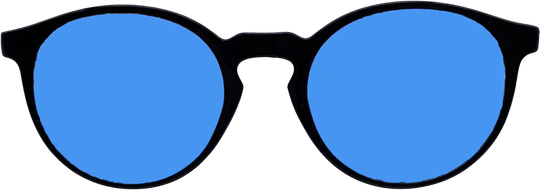Can One Product Help Alleviate Epileptic Seizures?
Seizures are an unfortunate and scary reality for those suffering from epilepsy, but as technology, science, and healthcare improve, so do options and solutions to combat and even help prevent seizures. More and more studies are being done on how epilepsy can affect vision, and doctors and scientists are using that information to create solutions that work to minimize the effects of epilepsy. One such solution is tinted lenses, which have proven to be helpful in preventing certain types of seizures associated with epilepsy, particularly photosensitive epilepsy.

Until these lenses, there were only two other methods of controlling seizures in epileptic patients: drug therapy and lifestyle changes to avoid light stimuli, both of which come with their fair share of challenges. We are surrounded by screens daily, all of which are emitting artificial blue light. Unlike UV radiation, blue light can penetrate the eyes and cause significant eye strain, headaches, blurred vision, and seizures. It can even mess with your circadian rhythms and affect your sleep. Add to that blue light exposure from the sun and you begin to quickly realize there is nowhere you can go without running into some sort of potentially harmful blue light. Tinted lenses offer a handy solution that travels with you and blocks that blue light wherever you go.
How Do Tinted Lenses Work?
Through clinical research, studies have found that particular shades of blue lenses (specifically Z Blue, AKA z1 blue or noir 26) are beneficial for photosensitive epilepsy patients. These blue shades work to interrupt the patient’s peripheral vision in a way that allows the brain to receive information such as spatial distance without competing data, thus helping the patient to operate more normally.
In effect, they reduce the patient’s photoparoxysmal response (the abnormal response that comes from being exposed to flashing lights) by filtering out disruptive lights and patterns, particularly flickering dot patterns. An optometric technique called colorimetry gauges the perceptual effects of ophthalmic tints, optimizes them, and then prescribes the correct color to integrate into tinted eyeglass lenses. Add the color to your lenses and voila! You now have a useful and convenient tool to help prevent seizures (as well as a range of other irritations and eye issues).
Tints Help With More Than Just Epilepsy
Other afflictions tints can help with include migraine, concussion and other TBIs, dyslexia, night driving, and general light sensitivity. For a full list of tints and how they assist with each condition, click here.
Light doesn’t have to hurt. Tinted lenses can help.





